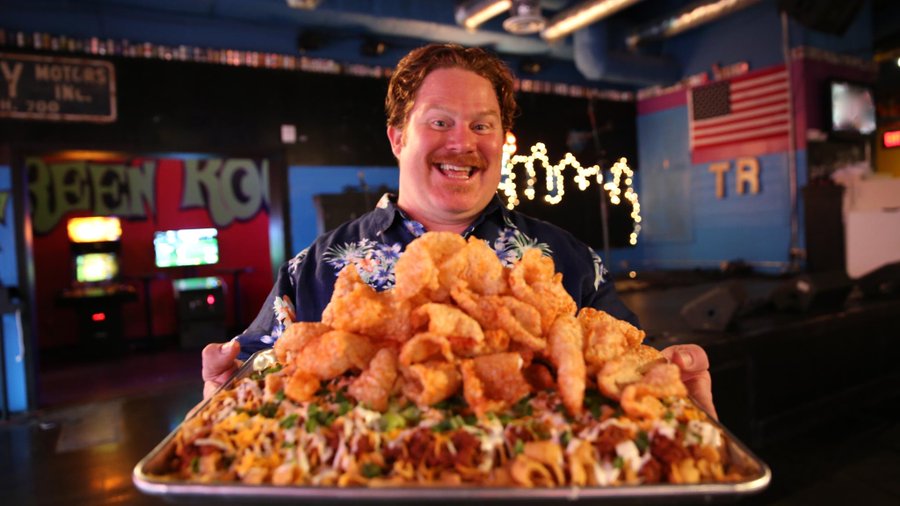The Opportunity Cost of the “Full Plate” Argument: Technology’s Transformative Potential
Augmented, Mixed or Virtual Reality and Artificial Intelligence will undoubtedly change education in one way or another — and in many ways, this transformation has already begun. Recently, the Saskatchewan Ministry of Education has adopted new instructional and reporting technologies that will have direct and immediate impact on our schools including Edsby and AI powered pilot initiatives with platforms Clarify.ed and Verso.
The presenters this week identified some positive opportunities as a result of this technology such as individualized learning experiences, more inclusive practices and increased student engagement. Conversely, they identified potential challenges, including ethical considerations, access equality, privacy/security. On either end of the spectrum is a risk, or hope, for a changed society– depending how you look at it.
As teachers and leaders with already full plates, who are tempted to dig in their heels and say, “NO MORE!”, we need to think about a concept that Dave Cormier discussed with us: Opportunity Cost. What is the value of the best alternative that is given up when a choice is made?
A few more questions for consideration include: Is it fair to ask teachers to learn all of this? How can teachers balance this? Do we need bigger plates?

Photo Credit: https://x.com/wbd/status/1146056031119826944
The consensus from the class discussion is that perhaps a choice shouldn’t be made. Balance is perceived to be key — and maybe if we think about education a bit differently, we don’t need that bigger plate.
To capitalize on the full plate metaphor commonly used in education:
Trying new food doesn’t mean piling it on top of yesterday’s meal. Take assignments for example. When given the opportunity to try something new, we can let something go. Unless mandatory, what skill is that assigned essay truly teaching kids?
The building blocks of a healthy meal remain the same: carbohydrates, protein, fat, fibre, vitamins and minerals. The instructional design process that we learned in way back in university is just as important today: planning, teaching, evaluating and reflecting. What skills do kids need in today’s world? If we want students to learn about digital citizenship — what they actually need is citizenship, so we can double down on the critical thinking skills that we have already been teaching. However…
eating the same thing everyday gets boring pretty quickly. To engage students, we must be engaged and enjoy the spice of life. We just might need to showcase some new resources and allow new ways of showing learning.
Dave Cormier stated that, “the community is the curriculum,” and that “teacher engagement is everything.”
Leaders need to allow new ways of learning and knowing, give teachers the creative freedom to create new and exciting experiences for students, and be comfortable resting in the understanding that it does not ALL need to be done EVERY single lesson.
Teachers need a positive community with which to explore, take risks and grow.
I’ll close with a quote from Jason: “The biggest challenge lies within us personally. Will we be part of the revolution or part of the resistance?”
Will we serve the massive plate with the mouldy ever-growing mountain of old food, or an ingredient rich bowl of beef bourguignon.
I was just talking to our new Director of Education about this, this morning. “Teachers need a positive community with which to explore, take risks and grow.” As admin it is my responsibility to ensure this happens. It’s a huge part of school culture. For my major project I’m creating a workshop on AI that explores ChatGPT and Magic School, where staff will learn about these tools. Hopefully I’ll be creating the environment that allows them to explore, take risks, and grow. I’m not wanting them to completely shift their programming to AI but I do want them to choose at least one thing that they can easily implement this, as I’m cognizant of adding more to their plates. In addition, I thought of building PLC’s with three other local Fist Nations schools so teachers can build positive communities and grow with likeminded professionals, sharing the amazing things they are doing at their schools and in their classrooms.